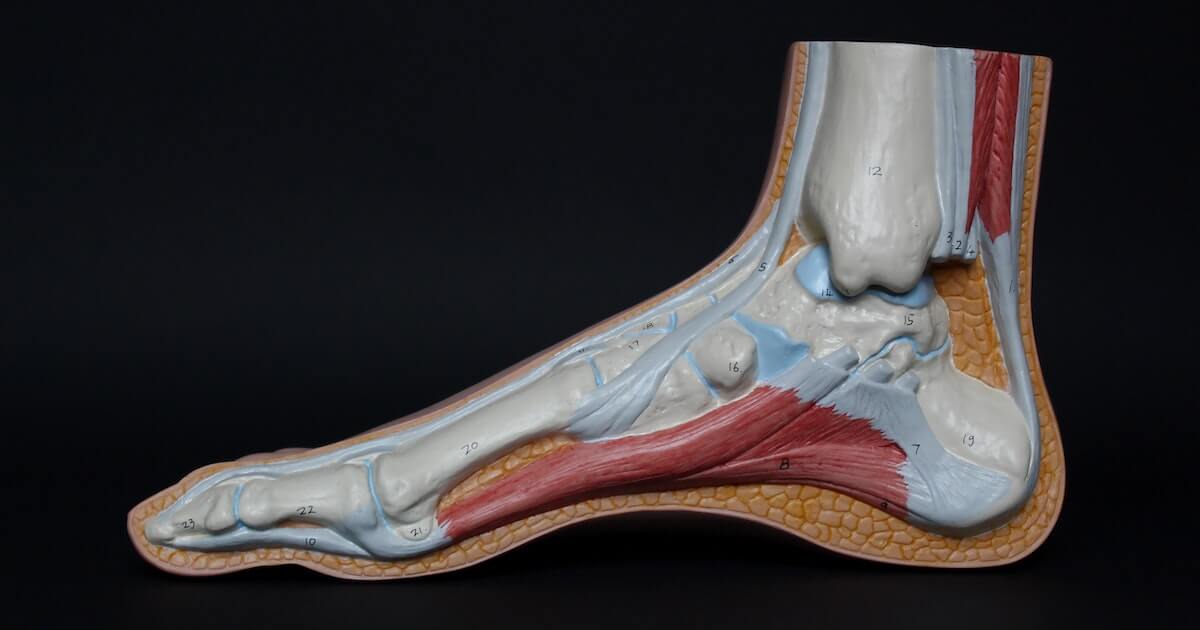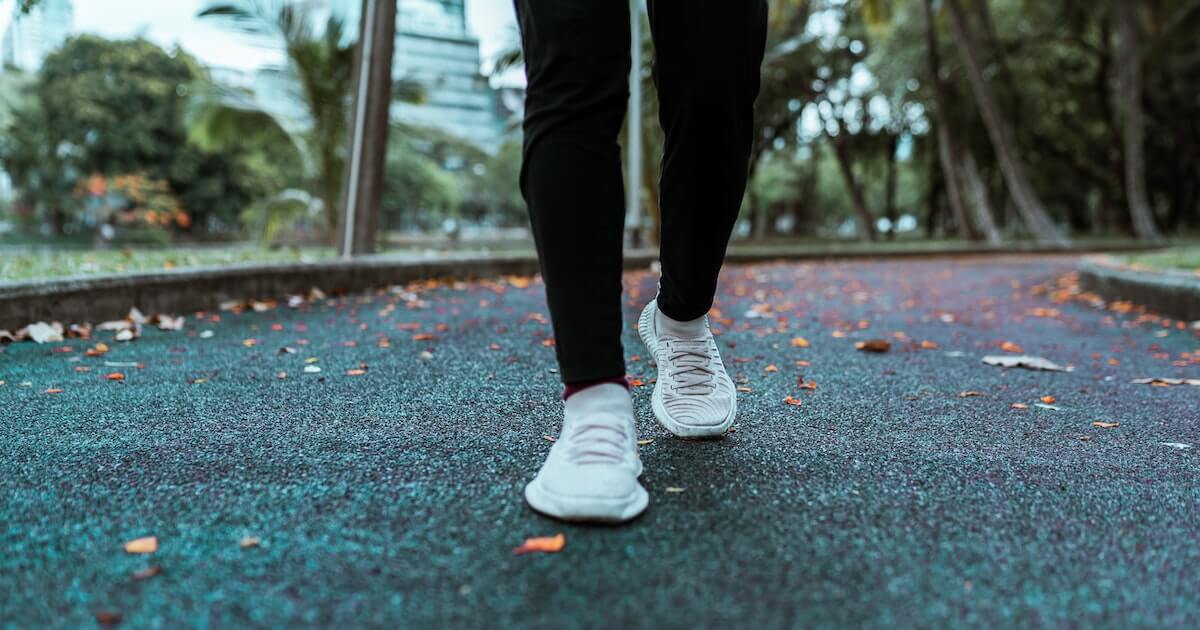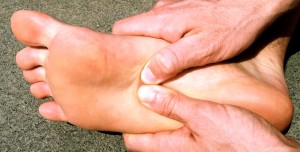Just about everyone experiences a bout of joint pain. While some mild aches and pains aren’t a cause for concern, joint pain caused by bursitis warrants inquiry with a physician or physiotherapist to rule out infection and prevent further injury. It’s easy to inadvertently make bursitis worse by treating it like you would a strained joint. For this reason, it’s important to familiarize yourself with these most common bursitis symptoms and what to do if you experience them.
What Bursitis Is
By adulthood, our bodies house 360 joints and 150 bursae. Bursitis is a painful condition that occurs when the bursa (singular form of bursae) of one or more joints becomes either infected or inflamed.
Bursae are small, synovial fluid-filled sacs that provide cushioning and lubrication between the bones in joints. Bursae also serve as a protective layer that helps facilitate ease of movement when surrounding muscles and tendons move around a joint. When the bursa of a joint becomes inflamed, the joint can feel stiff and painful to move.
Bursitis Causes and Contributing Factors
While bursitis can be a complication of weight, age, injury and other, pre-existing health conditions such as diabetes and arthritis, the most common causes of non-infected bursitis include:
- Incorrect movement patterns and repetitive motions that place tension on the joint
- Improper footwear and gait patterns
- Postural issues
- Sports, occupations, and activities that place repetitive pressure or strain on a joint (e.g., resting weight on elbows, kneeling on hard surfaces, cycling, tennis, etc.)
- Lack of stretching and warm-up before athletic activities
- Tight hamstrings
- Injury resulting in joint trauma
Common Bursitis Symptoms
Bursitis tends to affect the body’s major bursae, found in large joints, including the shoulders, elbows, hips, and knees but can also affect other parts of the body, including the heel (posterior to the Achilles tendon) and shins. There are different types of bursitis, based on which joint is affected. Following is a list of the most common bursitis signs and symptoms to watch out for:
- Warmth and redness of the affected joint (red elbow)
- Localized swelling of affected joint
- Tingling, burning, or snapping pain, especially after activity or while attempting to move the affected joint
- Joint stiffness that can worsen following activity
- Unusual grinding or popping sensations when moving the joint
Signs and Symptoms of Infected Bursitis Which Warrant Immediate Medical Attention:
While non-infected bursitis is more common, infected bursitis can be serious and warrants prompt medical attention. Immediately contact your physician or a nearby emergency room if any of the above bursitis symptoms are accompanied by worsening pain, fever, chills, and malaise. Don’t hesitate–you should always take fever and pain seriously.
How to Prevent Bursitis
There are things you can start doing to protect your joins and prevent bursitis, such as:
- Adequate stretching and warm-up of muscles before activities
- Investing in proper footwear and orthotics if needed to correct gait issues
- Protecting joints from shock and hard surface strain by using knee and elbow pads or padded surfaces as needed
- Correcting posture and incorrect movement patterns
- When something hurts, don’t push it–rest and assess before resuming an activity
- Be mindful of not placing undue strain on your body
- Ensuring adequate rest, nutrition, and recovery between activities
- Managing weight while easing into new activities slowly
- Undergoing physiotherapy treatments for injury recovery and prevention
What Not to Do if You Suspect Bursitis
It’s easy to accidently make bursitis worse. A few of the ways bursitis is made worse is by assuming that all it needs for recovery is a little rest, stretching, movement, and wrapping. But, if you’re experiencing joint pain caused by bursitis, placing the joint under further tension via incorrect stretches, knee and elbow sleeves, or compression bandages can aggravate bursitis symptoms and prolong recovery, which brings us to our next point.
Why Promptly Treating Bursitis Is So Important
While most forms of non-infected bursitis are temporary and benefit from rest, icing, anti-inflammatories, and physiotherapy, bursitis caused by infection can be very serious and requires immediate medical attention. This is why it’s important to seek proper diagnosis and treatment of bursitis if suspected. Even when it comes to non-infected bursitis, appropriate treatment will help alleviate symptoms and prevent further aggravating the condition. The good news is that non-infected bursitis is typically easy to resolve without long-term complications.
Bursitis Treatment Options in Victoria BC
Our multidisciplinary team of practitioners at Diversified Health Clinic in downtown Victoria offer a variety of options for treating and preventing bursitis, including:
The first step is to make an appointment with one of our physiotherapists who will properly assess your bursitis and customize a treatment plan that will help alleviate symptoms while also treating the source of your bursitis and helping you prevent further injury.
Take the Next Step
Take the first step on your road to recovery by booking an appointment with one of our physiotherapists today at (250) 382-0018 or book an appointment online. We offer direct billing and weekday and weekend appointments. Please view our hours of operation and location details here.






